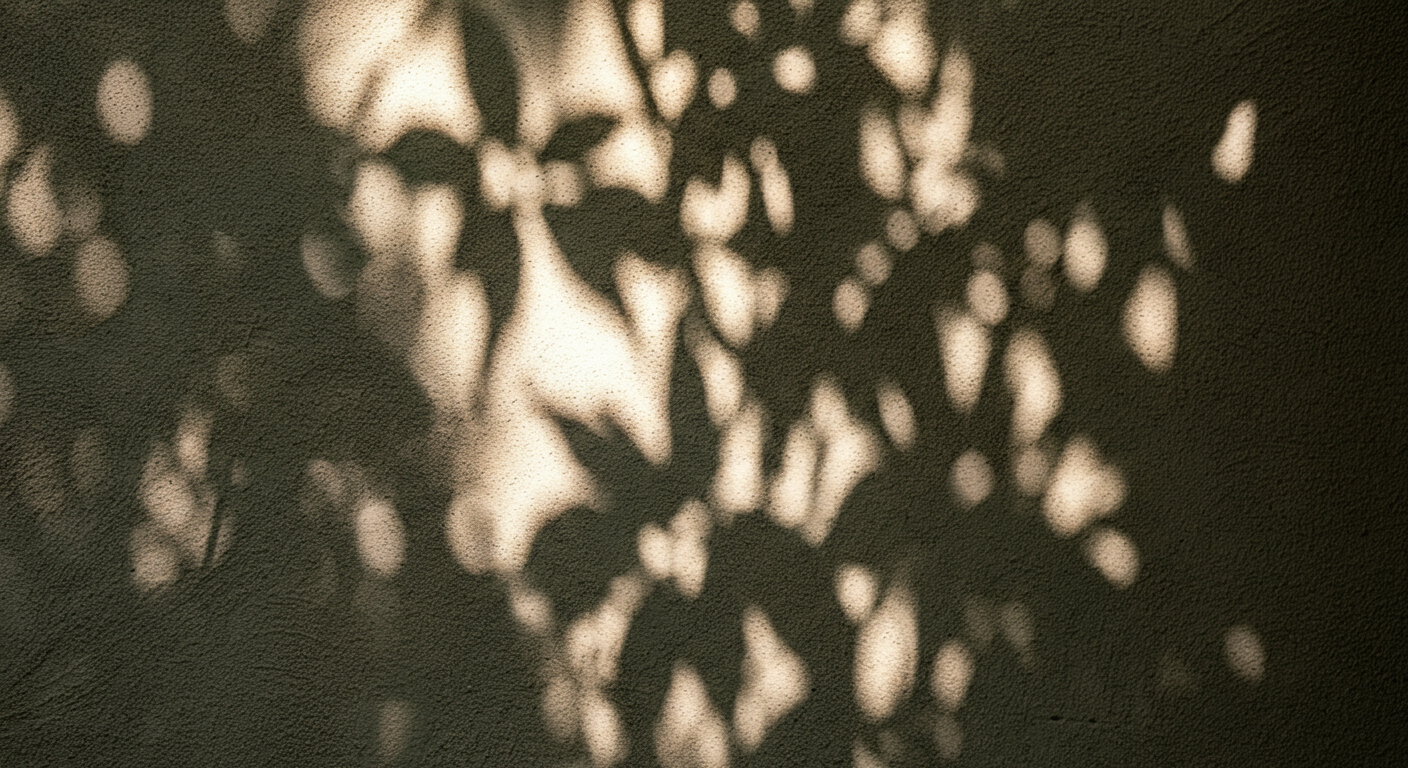
Design That Lasts
A practical approach to sustainability.
Sustainability gets mentioned a lot, often as a label or marketing claim. That's not the approach here. For me, it's woven into the fundamentals of how a home is designed: responding to place, using less where possible, and planning with care for the long term.
A shared purpose
Every project brings questions about space, materials, climate, energy, and cost. Most people I work with want to work through these questions carefully together.
This isn't about extra features or green credentials. It's about designing homes that are suited to where they are, that support daily life, and that can last without needing constant input.
Design in practice
Rather than following a checklist, I focus on what each site and project actually needs.
That might include:
Orienting the home for sun and shade
Using natural airflow instead of mechanical cooling
Choosing materials that age well and need less upkeep
Making space for water collection and careful drainage
Considering bushfire resilience where needed
Keeping the plan efficient - enough, but not more
These are small decisions made early. Together, they reshape how a home performs, ages, and lives. They're most effective when considered early, often before drawings begin.
What it leads to
There are no guarantees, and no big claims. But good design often shows in the way a home feels over time.
That might mean:
A space that stays more comfortable, with less energy use
Fewer materials to maintain or replace
A home that still works as needs change
A quieter sense of fit between place and use
The shift in how you experience daily routines - less fighting the house, more working with it
The aim isn't to make a point. It's to make a home that works well, now, and into the future.